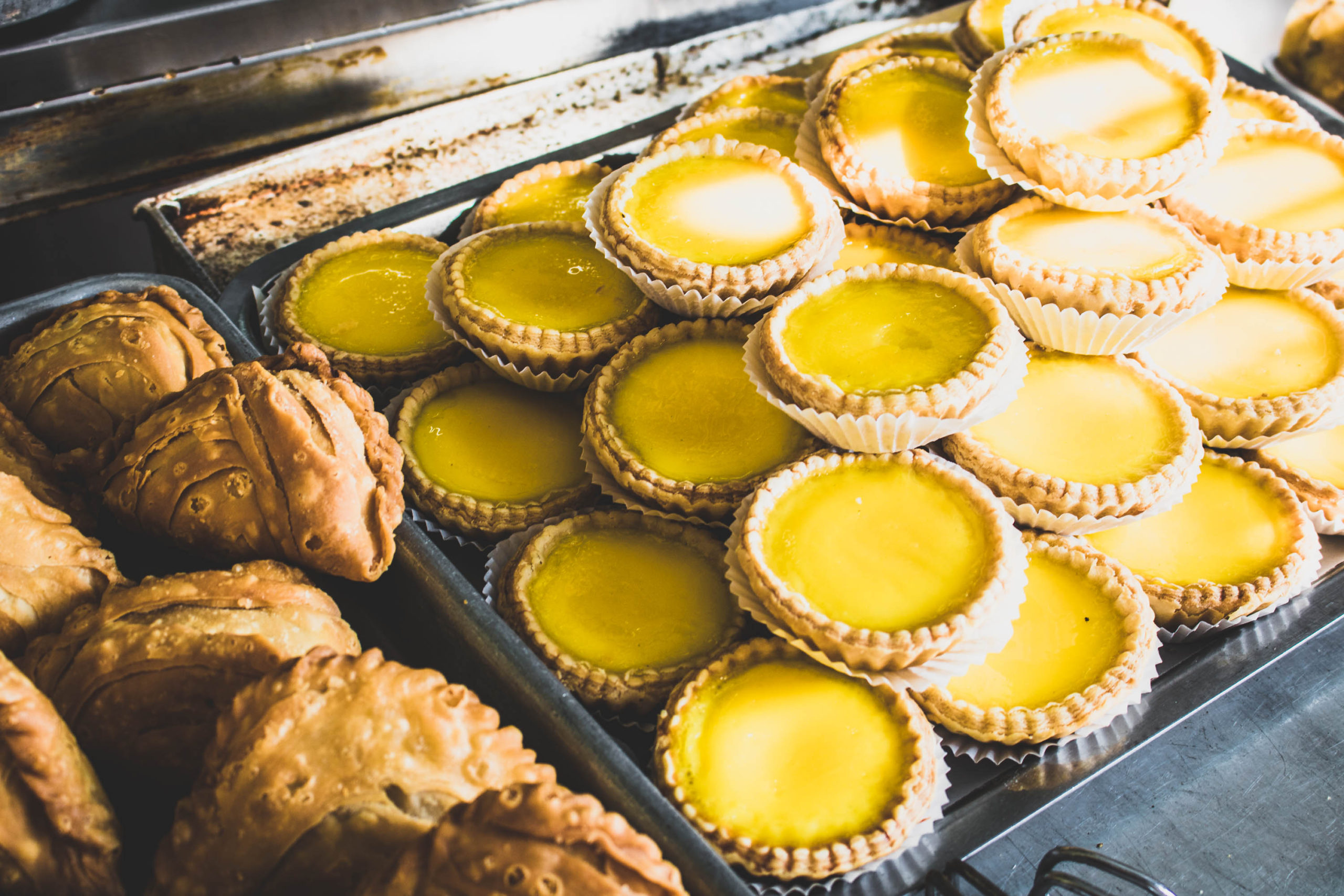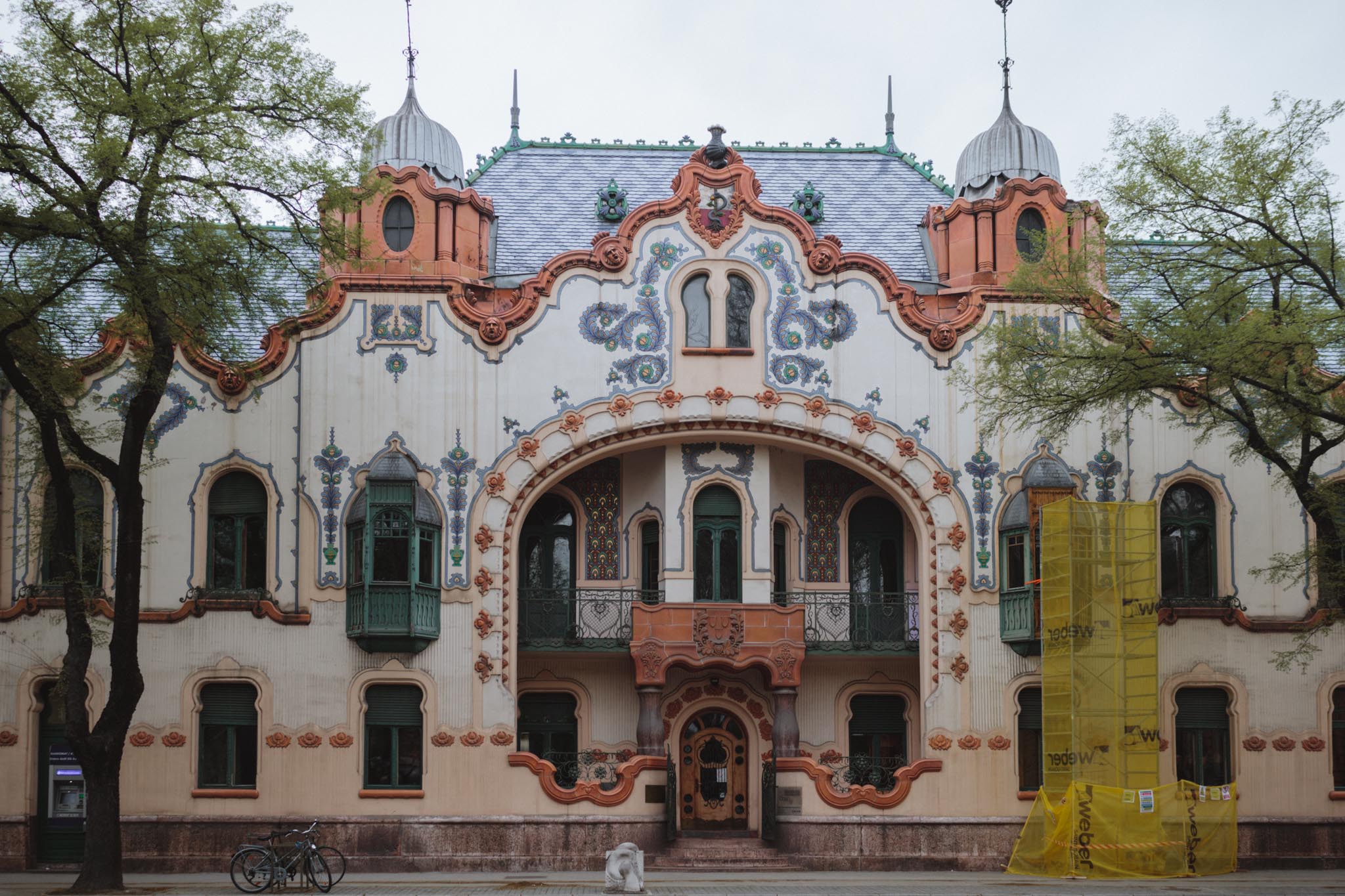Till a few years back, Shyambazar’s five-point crossing was notorious for its traffic snarls. Hundreds of vehicles stood in endless files for hours. Occasionally they would crawl forward a few inches before stopping again. On a weekday, it would take hours to cross the dreaded “Shyambazar signal.” Drivers and conductors would hop off to smoke a biri or start an adda session while passengers grew agitated in the muggy heat. I guess it made for a fascinating night-time drone shoot: five unequal arms of headlights and taillights radiating from the statue of Netaji Subhash Chandra Bose.
Shyambazar is one of the oldest areas of Kolkata. In the 18th century, when the salt trade was flourishing in Bengal, Shyambazar and neighbouring Shobhabazar were the bastions of Calcutta’s elite. These neighbourhoods were known for their extravagant mansions and townhouses built in the characteristic Bengali-European style. Under the patronization of Calcutta’s baboos, Shyambazar flourished as the theatre district. In 1835, Nabin Chandra Basu had the first Bengali production, Bidyasundar, staged in his Shyambazar mansion. It is said that he had to sell another of his mansions to fund the lavish night! The house of Nagendranath Basu, the compiler of the Bangla Bishwakosh, the first encyclopedia in Bengali and the Hindi Vishvakosh, the first encyclopedia in Hindi is also in Shyambazar. Shyambazar was the heart of the theatre district. Single-screen halls like Darpana, Radha, Rupbani, Minar, Mitra, and Talkie Show House did brisk business along Bidhan Sarani.
Today, the burgeoning Bengali middle-class and migrant workers constitute the majority of Shyambazar’s population. Mixed-use shops and hawker stalls line the sidewalks around the chaotic five-point crossing. It is interesting to note that unlike in other parts of the city, most of the businesses here are still owned by Bengali families.


Though urban Bengalis patronized the arts, the West Bengal Government— lead by renowned Bengalis— was never much successful in maintaining the city’s architectural heritage. Relentless urbanization has stripped Shyambazar of its grandeur to make space for the population. The apathy of the Bengal government when it comes to conservation of heritage properties coupled with its failure to adequately rehabilitate refugees post partition, Kolkata’s migrant problem, and property sharks eager to transform old houses into the ugliest of apartments overnight is rapidly turning Shyambazar into yet another spot on the map of Indian cities with uninspiring architecture. Today, Shyambazar’s grand mansions stand mostly forgotten. Some, like the Majumdar’s townhouse on Radha Kanto Jeu Street, have been restored but most are in immediate need of repair.
A few years back, Amit Chaudhari had petitioned the West Bengal government demanding conservation of the heritage houses in the city of Kolkata. He wrote, “Kolkata’s old buildings reflect diverse European architectural styles that in time became imbued with Bengali and Marwari (or classical Rajasthani) influences, creating a unique blend of Indo-European design, unique to the city.” A walk through the lanes and by-lanes of Shyambazar reveal some of the finest examples of Bengal’s golden era of architecture. The houses are charming with airy verandahs, iron latticework, louvred windows, and tall French doors. Take, for example, the Kamala Baati, a massive red and yellow mansion, or Golbari with its distinctive curved balcony from where you can see the Shyambazar five-point

Shyambazar Five-Point Crossing: History
According to Holwell, there used to be a large market named Charles Bazaar here, which was later renamed in honour of Shyam Rai by the Basak family, one of the richest trading families in 18th century Calcutta. The area surrounding the market came to be known by the same name.
Their win in the battle of Plassey fueled colonial aspirations and in 1766, the British built 6 roads to connect Dihi Kolkata to the suburbs. One of these was the Shyambazar Road. Then in 1799, the Maratha Ditch was filled up to build the Circular Road (Acharya Prafulla Chandra Road) that ran from Shyambazar to the Maidan. Following this in the 19th century, the Lottery Commission declared plans to build an arterial North-South road. Thus, was built another arm of the Shyambazar five-point: Cornwallis Road (Bidhan Sarani), along which stand many of old Calcutta’s forgotten gems. In 1882, horse-drawn trams were introduced in Shyambazar and in 1889, electrification of tram routes was started. In 1911, Central Avenue was extended to Shyambazar and the Shyambazar end was renamed Bhupen Bose Avenue. To the west is R.G. Kar Road which was built to facilitate access to the R.G. Kar Hospital in Belgacchia and later extended. Shyambazar was already the most important node in the city’s transportation map when the Shyambazar Metro Station was opened in 1994 to ease congestion and improve connectivity between North and South Kolkata.
Also Read: Read our story of enjoying a meal at one of Kolkata’s oldest eateries, Siddheswari Ashram.

Things to Do in Shyambazar
Greengrocers weighing produce on analogue scales, shops selling glittering jewellery, bunches of fragrant jasmines,
Experience the Architecture
See 19th & 20

Ride a Tram
Ride a tram from the Shyambazar Tram Terminus to Esplanade. On the way, you can see Shyambazar’s old theatres, Kolkata’s famous College Street aka
Watch a Show at Kolkata’s Oldest Theatres
Bidhan Sarani is lined with single-screen cinemas like Mitra Cinema and Darpana.


Where to Eat in Shyambazar
Shyambazar has some of the oldest eateries in the city. We’ll admit you won’t find global cuisine here as you would in South Kolkata or posh restaurants with air-conditioning. Most of the eateries here have existed for the better part of the century and serve local dishes.
Dal Puri at Sen Mahasay
Start your day with some crispy puris stuffed with a spicy, aromatic paste of lentils. At Sen Mahasay, they serve it with
Mutton Kosha at Rupa
Drop in for lunch at this

Mutton Pantheras at Barua & Dey
One of two places in the city to serve this Anglo-Indian classic is Barua & Dey. A pantheras is a flour crepe filled with seasoned mince, rolled in breadcrumbs, and fried.
Kosha Mangsho at Golbari
The
Tea at National Economic or Sital Ashram
Lemon tea, buttered toast, and a poached egg make for the perfect snack.
Also read: Kolkata is a city of gourmands, for gourmands. Read Kolkata for Foodies: 15+ Things to Do in the City for a list of all the great things to do here.

Streetfood at Tripti Snacks Bar
Plop yourself down on a bench on the pavement and take your pick from
Lassi on Bhupen Bose Avenue
The pavement smells citrusy from the line of stalls dolling up glasses of frothy lassi and fruit juices. Pick one with mango pulp for a taste of the tropical.


What to Buy in Shyambazar
What Gariahat is to South Kolkata, the Shyambazar-Hatibagan area is to North Kolkata. The area was Kolkata’s primary business hub in the 18th and 19th centuries and continues to be one of the city’s busiest markets.
The Shyambazar Market is located in the corner of Acharya Prafulla Chandra Street and R.G. Kar Road. If you don’t mind muddy lanes and the gut-wobbling odour of raw meat, check out the wet market at the back. Here you can find fishmongers fleshing the day’s catch, chickens being slaughtered, skinned carcasses of goats hung from



Tantuja— West Bengal State Handloom Weavers Co-operative Society Ltd. is one of the best places to buy Bengal’s traditional weaves. Take your pick from Jamdani, Baluchari, Tangayil, Dhakai, Dhanekhali, and local cotton weaves.
Ghosh Cousins is one of Kolkata’s oldest eye-ware shops. Drop in for a consultation.
Glassware stalls on the sidewalk outside the tram depot have on display cheap, locally made glassware and crockery.
Also read: Never been to Kolkata on Durga Puja? Well you are missing out on something memorable! But before you go pandal hopping, read Durga Puja Pandal Hopping Best Advice.

Where to Stay in Shyambazar
Calcutta Bungalow, a restored townhouse dating back to the 1920s, is the city’s newest address. The project is a brainchild of Iftekar Ahsan, the founder of Calcutta Walks. The six bedrooms in the classical-style property have been decorated by a local scenographer, Swarup Dutta.
Address: 5, Radha Kanto Jeu St, Fariapukur, Shyam Bazar, Kolkata, West Bengal 700004

Shyambazar might not be the epitome of India’s glitzy, skyscraper-laden dreams but in its narrow, winding lanes, one can find the true taste of cosmopolitan Calcutta. Someday, we hope, some of these lanes will be declared heritage precincts and the skeletal remains of the elegant houses will be restored to their former glory. Until then, pop a














Leave a Reply